
 Though Costa Rica is seen as one of the Latin American countries best able to combat corruption, the country’s politics have repeatedly been shaken by major scandals in recent decades. But the nature of the investigation into the ongoing Cochinilla Case, involving kickbacks for public-works contracts, may actually be a sign of an increasingly effective anti-corruption drive, write Evelyn Villarreal Fernández (State of the Nation Programme) and Bruce M. Wilson (University of Central Florida).
Though Costa Rica is seen as one of the Latin American countries best able to combat corruption, the country’s politics have repeatedly been shaken by major scandals in recent decades. But the nature of the investigation into the ongoing Cochinilla Case, involving kickbacks for public-works contracts, may actually be a sign of an increasingly effective anti-corruption drive, write Evelyn Villarreal Fernández (State of the Nation Programme) and Bruce M. Wilson (University of Central Florida).
The 2021 Capacity to Combat Corruption (CCC) Index places Costa Rica third in Latin America in terms of capacity to fight corruption, just behind Uruguay and Chile but considerably ahead of its Central American neighbours. In recent decades, Costa Rica has also maintained a similarly high position in rankings based on other anti-corruption indicators.
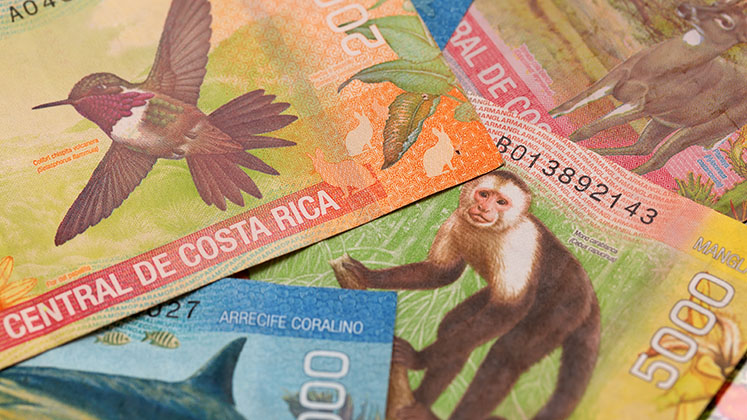
Many Costa Rican citizens, however, have a very different view of corruption in their country:
- 80% think that government corruption is a major issue;
- 59% believe the government’s anti-corruption efforts are poor;
- 49% think that the level of corruption in the country has increased in the last 12 months.
In public opinion surveys, corruption is always listed as one of the top five national problems for Costa Ricans.
The Economist suggested in 2016 that the paradoxical coexistence of strong anti-corruption agencies and dismal public perceptions of their performance might be linked to the fact that people become “aware of corruption when someone is doing something about it”, meaning that they mistakenly believe that “things are getting worse when they are, in fact, getting better”.
But the recent revelation of yet another major corruption scandal, known as the Cochinilla Case, seems to provide yet more evidence that citizens’ perceptions of corruption in Costa Rica are indeed correct. The latest episode continues a cycle of large-scale and complex corruption scandals that began in 2004, when two former Presidents were prosecuted for corruption. This was followed eight years later by another major scandal known as La Trocha (2011), then the Panama Papers (2016), and more recently the Cementazo (2017), which became a major election issue during Costa Rica’s last general election in 2018.
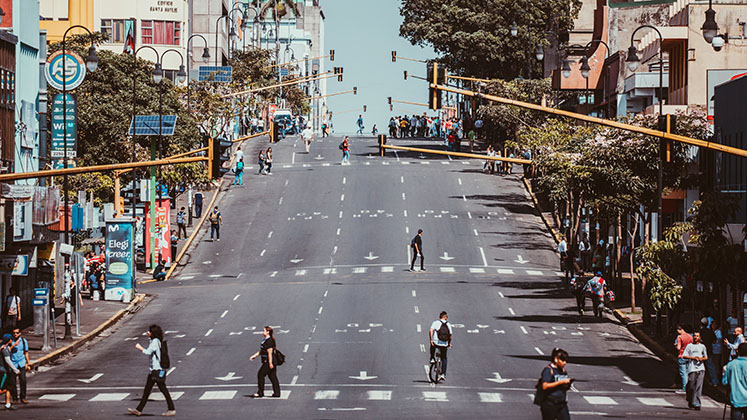
The Cochinilla Case in Costa Rica
The Cochinilla Case takes its name from the Spanish word for the parasitic cochineal insect, itself best known as a traditional source of vivid red dye. The scandal became public in the final year of President Carlos Alvarado’s administration when the Judicial Investigations Department and the Public Prosecutor’s Office raided 50 private offices across a number of private companies and government agencies, including some in the Presidencial Palace.
At the core of the Cochinilla scandal is corruption among a network of public officials and some of the country’s largest private infrastructure companies. These companies offered inducements like money, cars, and sexual services to public officials in exchange for priority treatment from the National Highway Council (CONAVI) in bids for lucrative road-building and maintenance contracts. Between 2018 and 2020, this resulted in the emergence of a $127 million deficit in the infrastructure budget and CONAVI inspectors routinely certifying defective asphalt as meeting government requirements for road construction projects.
What’s different about the Cochinilla scandal?
The Cochinilla case, however, also presents some interesting differences from previous scandals, and these differences may even bode well for future anti-corruption efforts.
First, infrastructure was one of the few areas of success for the current administration. The government had appointed a highly regarded minister to oversee a major expansion in publicly funded infrastructure projects and thereby reactivate the COVID-ravaged economy. Despite being crucial to the economy, the infrastructure sector had long been criticised for its opacity, overpricing, and lack of competition. A 2019 public opinion survey revealed that 50% of Public Infrastructure Office officials reported having witnessed corruption in their area. Indeed, anti-corruption experts from around the world frequently point to public infrastructure projects as being highly vulnerable to corruption. In this context, it was the Cocinilla investigation itself that was a surprise rather than the idea of corruption in public works itself.
A second difference from previous scandals is the scale of the state’s response. In 2020, additional staff were allocated full-time to the Anti-Corruption Prosecutor’s Office (FAPTA), while the Judicial Investigations Department (OIJ) also created a small Anti-Corruption Unit made up of specialised police officers. These new resources allowed the OIJ and the Public Prosecutor’s Office to conduct a year-long investigation into suspected corruption in public works that involved more than 1,700 personnel. This response stands in stark contrast to Costa Rica’s usual pattern of creating anti-corruption agencies piecemeal whenever scandals occur but then understaffing and underfunding them as attempt to combat increasingly sophisticated forms of corruption.
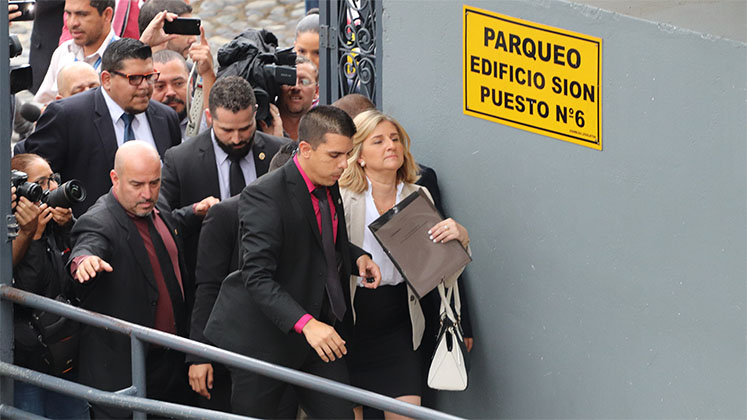
Finally, the Minister of Public Transport and Infrastructure has promised structural reforms to reduce corruption risk in the public procurement process, which – properly implemented – coud help prevent and combat corruption in this particularly vulnerable area.
The impact of the Cochinilla Case
Other consequences mirror those of previous scandals: the Legislative Assembly has announced the creation of an investigative commission, but it seems likely that deputies will try to politicise the issue in ongoing primaries and the upcoming general election of February 2022. Congress’s lack of interest is reflected in the failure of a series of anti-corruption bills to become law.
It is ironic that the PAC party of the sitting president, Carlos Alvarado Quesada, was created as an anti-corruption party, but after almost eight years in government, there is still no dedicated executive-branch agency tasked with fighting corruption. Even the most recent National Development Plan fails to mention corruption or present any kind of anti-corruption strategy.
Because the judicial process could take decades, the most immediate effect will likely be felt in the upcoming general election, but it remains unclear what form that will take. The 2004 corruption scandal was a major factor in the collapse of the country’s long established two-party system, but the 2017 Cementazo scandal had little impact on voter preferences and ultimately resulted in the same party winning the presidency. The electoral impact of the scandal is also diminished by the fact that immediate re-election is constitutionally prohibited, meaning no individual who currently holds elected political office can appear on next year’s ballots anyway.
The challenge facing Costa Rica is to move beyond the media scandal and focus on following up the judicial process. Data show a low rate of successful prosecution in corruption cases and the extremely slow grind of achieving prosecutions feeds perceptions of impunity. The current process is already hitting problems: Attorney General Emilia Navas first had to recuse herself from certain cases because of her husband’s role defending private companies involved, and she then went on to resign her office.
The identity and performance of her successor will be crucial for the fate of the criminal case, but this alone is not enough. The reactivation of the anti-corruption bills stalled in the legislature and the implementation of the long-promised reforms to CONAVI will be crucial for the elimination of cases like Cochinilla in the future.
Notes:
• The views expressed here are of the authors rather than the Centre or the LSE
• Please read our Comments Policy before commenting


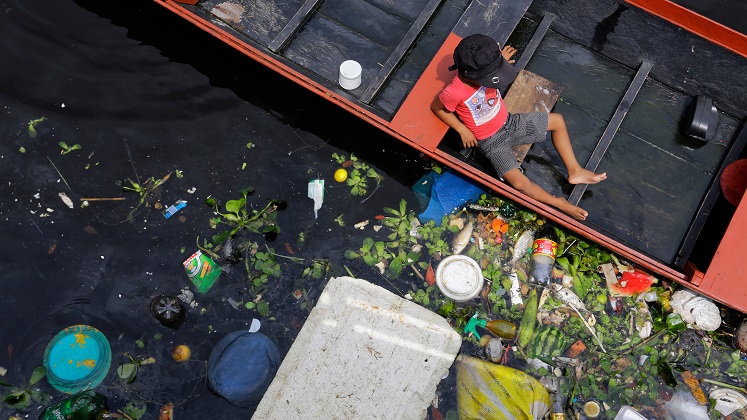
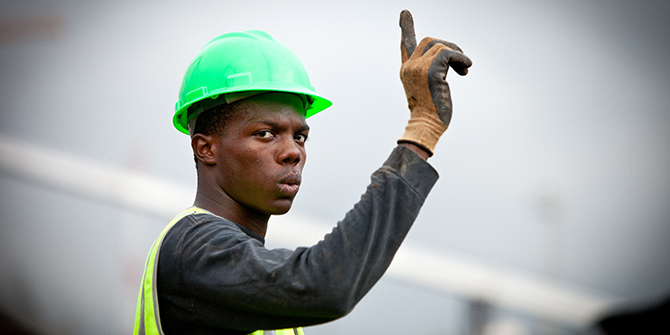
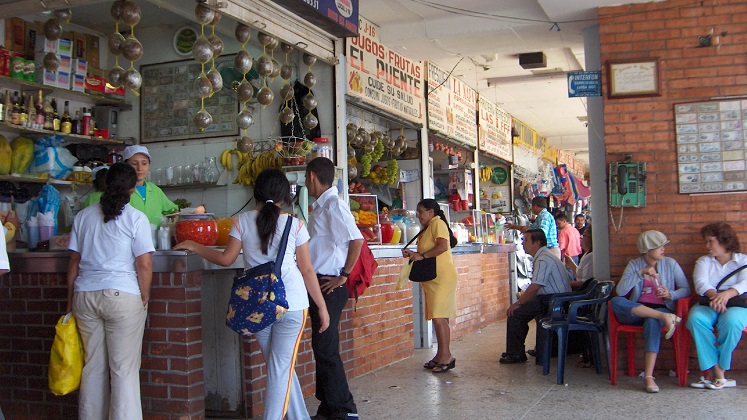

I have lived in Costa Rica for 5 years with my Costa Rican wife and two children.
There is a reason 80% of Costa Ricans state that corruption is a major problem , because it is.
The last eight presidents of the country have either been in jail for corruption, fled the country to avoid prosecution for corruption or are currently under investigation for corruption.
We own a home in San Jose and one in Puntarenas in both areas we come across acts of corruption daily. The OIJ which is the FBI equivalent,local police constantly ignore drug dealing criminal activity in our towns. There are activities of corruption in which these and other agencies are involved that we witness frequently on a street level as well as governmental level.
Costa Rica is sadly corrupt as most or many Latin American countries are but it’s somehow is always written up as a safe country with little corruption. For crime it is at a level 2 rating from the US state department for crime. Drug cartels and their influence, prostitution which is legal has its negative influences such as corruption, human trafficking, payoffs and child trafficking.
I would sum up Costa Rica as a nice place to visit ,it’s very pretty but it is not a place that I would rate very high in livability due to crime,corruption and most importantly high cost of living.
Well,I often meditate about my experience in Costa Rica,lived in Costa Rica 4 years,my wife is tica,and it is difficult to judge if Costa Rica is ,as it is constituded,both culturally,politically,able to deal with money laudering and money laundered,political corruption,welfare state,goverment inneficiency,30% of country workforce is an employee of the state,decaying infrastructure,crime,unions and political influence,pensions.There is a law in Costa Rica that your real home rental goes up 15%,money is lent at 3% 4% per month,The law, which came into effect on June 20th, imposed a maximum interest rate of 39% for all loans, except microcredits, which are loans of less than 675,000 colones (about $ 1,160), for which the cap will be 55%. The Central Bank of Costa Rica (BCCR) must apply a mathematical formula to set the maximum rates twice a year: in January and July, the law states.
Last Friday the Central Bank published the cap that will govern during this second half of the year: loans in colones will have a maximum rate of 37.69% and in dollars 30.36%. While the rate for microcredits in colones will be 53.18% and 42.99% in dollars.Unemployment is extremely high,cost of life is very high,informal employment is very high.
Costa Rica is no paradise,and murders al the rate of 12 per 100,000 is just too high.This new president appears to be a good administrator with a good idea of what he is facing and how to deal with it.